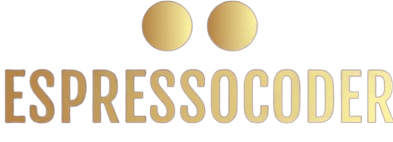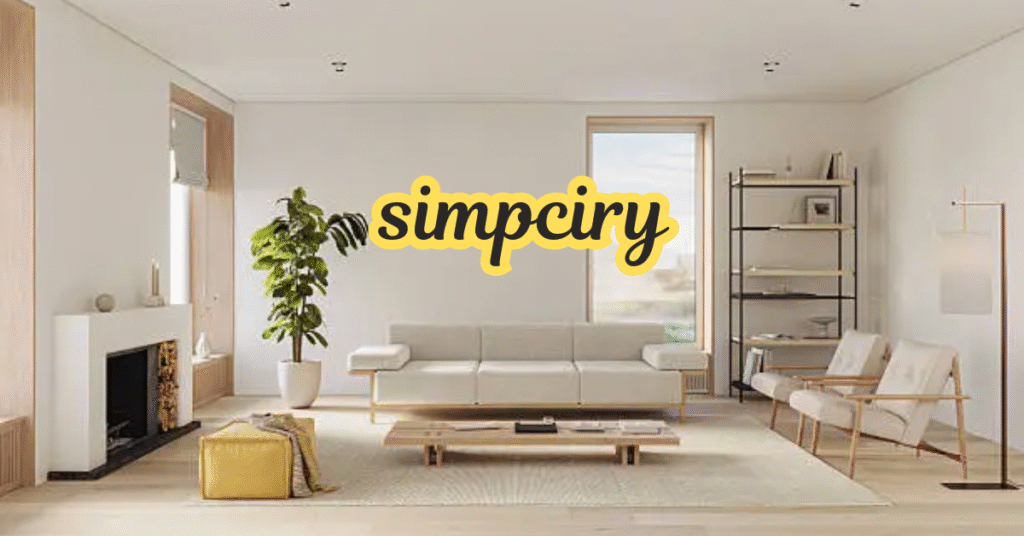In a world increasingly filled with noise, distractions, and overwhelming choices, the idea of simpciry—a fusion of simplicity’s and clarity—offers a refreshing perspective. People today are not only seeking efficiency but also meaning in how they design homes, manage work, build relationships, and shape their futures. Simpciry is more than minimalism or decluttering; it is a philosophy of living with intentional balance where simplicity’s meets clarity. This guide explores simpciry’s from multiple dimensions: its role in personal well-being, decision-making, design, lifestyle choices, and even business strategies. By the end, you will understand how this concept can reshape the way you live and help you prioritize what truly matters.
What is Simpciry?
Simpciry’s is a conceptual approach that combines two timeless values:
- Simplicity: Keeping life, work, and environments free from unnecessary complexity.
- Clarity: Ensuring decisions, goals, and actions are transparent, focused, and purposeful.
When combined, simpciry promotes a lifestyle where everything has meaning and excess is removed. Unlike minimalism, which primarily emphasizes reducing possessions, simpciry extends into clarity of thought, transparency in communication, and alignment in personal and professional goals.
The Roots of Simpciry in Everyday Life
Although the word may sound modern, the philosophy behind it is timeless. Across cultures, philosophies, and traditions, simpciry has manifested in different ways:
- Eastern philosophies: Zen Buddhism advocates simplicity’s as a route to enlightenment.
- Western traditions: Stoic thinkers emphasized clarity in values and simplicity in desires.
- Modern psychology: Research suggests decluttering environments and simplifying decision-making reduces stress and improves focus.
Simpciry’s is thus not a trend but a rediscovery of principles humans have always valued.
Why Simpciry Matters in the 21st Century
The pace of modern life has created an urgent need for simpciry’s. The average person encounters hundreds of notifications daily, countless media messages, and endless consumer choices. Without clarity, simplicity’s alone can feel empty; without simplicity’s, clarity can remain abstract. Simpciry’s integrates both to offer a framework for:
- Mental well-being: Fewer distractions and clearer priorities.
- Work productivity: Focusing on essential tasks that drive outcomes.
- Design and architecture: Spaces that feel open, functional, and welcoming.
- Technology use: Tools that are easy to use and aligned with user needs.
The Four Dimensions of Simpciry
To fully appreciate simpciry, we can break it into four dimensions:
| Dimension | Focus | Example in Practice |
|---|---|---|
| Personal Life | Simplifying routines and clarifying values | Reducing social commitments to focus on family time |
| Work & Productivity | Streamlining tasks with clear priorities | Using a “must-do” list instead of endless to-dos |
| Design & Environment | Creating simple yet functional spaces | A kitchen with minimal gadgets but maximum usability |
| Business & Technology | Offering clear, simple solutions to users | An app with only essential, intuitive features |
Simpciry in Personal Life
Simplicity in Routines
Life can often become crowded with unnecessary habits. Simpciry encourages streamlining daily activities—choosing fewer but more meaningful practices. For instance, instead of juggling ten hobbies, focusing on two passions can bring deeper fulfillment.
Clarity in Relationships
Simpciry’s also extends to how we communicate and connect with others. Relationships flourish when built on clarity of expectations and simplicity’s of presence. Clear conversations prevent misunderstandings, while simple gestures—like listening attentively—often matter more than grand actions.
Mental Health Benefits
Studies consistently link a cluttered environment and overwhelming schedules to higher stress levels. Living with simpciry’s means creating space—physically and mentally—where calmness can thrive
Simpciry in Design and Architecture
Designers increasingly recognize that beauty lies in simplicity and functionality. Simpciry’s in design means avoiding excessive ornamentation while ensuring clarity in form and purpose.
- Architecture: Homes with open floor plans, natural lighting, and functional layouts embody simpciry’s.
- Product design: Companies like Apple have built reputations on intuitive, clean design that prioritizes user clarity.
- Fashion: Timeless clothing staples, rather than fleeting trends, reflect simpciry’s principles.
Simpciry in Work and Productivity
Work environments often suffer from complexity—endless meetings, crowded inboxes, and vague goals. Simpciry reshapes this by:
- Defining priorities clearly: Distinguishing urgent tasks from important ones.
- Streamlining communication: Using fewer, more focused channels.
- Eliminating redundancy: Automating repetitive tasks to free up time for meaningful work.
Organizations adopting simpciry’s find employees more engaged, productive, and satisfied.
Simpciry in Business and Technology
Business Strategy
Successful companies increasingly recognize that customers value clarity. Simpciry in business translates to transparent policies, simple pricing, and straightforward services.
User-Centered Technology
Technology should empower, not overwhelm. Simpciry in digital products means:
- Minimalist interfaces
- Easy navigation
- Focused features rather than feature overload
This approach not only enhances usability but also builds customer trust.
How to Practice Simpciry in Daily Life
Practicing simpciry is less about strict rules and more about conscious choices. Here are actionable steps:
- Declutter your environment: Start with one space at a time.
- Set clear goals: Define what success means to you in specific, simple terms.
- Limit digital distractions: Use apps consciously; turn off unnecessary notifications.
- Prioritize experiences over possessions: Invest in memories rather than material accumulation.
- Communicate clearly: Whether at work or home, practice transparent, straightforward conversations.
The Difference Between Minimalism and Simpciry
| Aspect | Minimalism | Simpciry |
|---|---|---|
| Focus | Reducing possessions | Simplifying life and clarifying goals |
| Scope | Mostly material and lifestyle | Expands to thought, relationships, and business |
| Approach | Restrictive (less is more) | Integrative (clarity + simplicity) |
| Example | Owning fewer clothes | Owning fewer clothes that reflect your clear identity |
Challenges in Practicing Simpciry
Adopting simpciry isn’t without obstacles. Common challenges include:
- Consumer culture pressures: Society often equates success with accumulation.
- Fear of missing out (FOMO): Many worry that simplifying will lead to missed opportunities.
- Unclear boundaries: It can be difficult to decide what to keep and what to let go of.
Overcoming these requires mindfulness, patience, and a gradual shift rather than overnight changes.
Simpciry as a Path to Sustainable Living
Interestingly, simpciry’s aligns with sustainability. By choosing clarity in values and simplicity in consumption, individuals naturally reduce waste, energy use, and environmental impact. From eating mindfully to purchasing consciously, simpciry’s offers a sustainable framework for modern living.
The Future of Simpciry
Looking ahead, simpciry’s is likely to grow in relevance as society continues grappling with digital overload and environmental crises. Businesses, communities, and individuals seeking resilience will increasingly turn to this philosophy as a guide.
Frequently Asked Questions (FAQs)
1. How is simpciry different from minimalism?
Minimalism focuses primarily on reducing possessions, while simpciry combines simplicity’s with clarity in thought, goals, and lifestyle.
2. Can simpciry improve mental health?
Yes. By reducing clutter and clarifying priorities, simpciry lowers stress and enhances focus, contributing positively to mental well-being.
3. How can I start practicing simpciry at work?
Begin by defining your top three priorities, streamlining communication, and eliminating unnecessary meetings or repetitive tasks.
4. Does simpciry mean giving up ambitions?
Not at all. It means pursuing ambitions with clarity, free from distractions and unnecessary complexity.
5. Can businesses benefit from simpciry?
Absolutely. Companies that adopt simple designs, clear messaging, and transparent practices often build stronger customer trust and loyalty.







